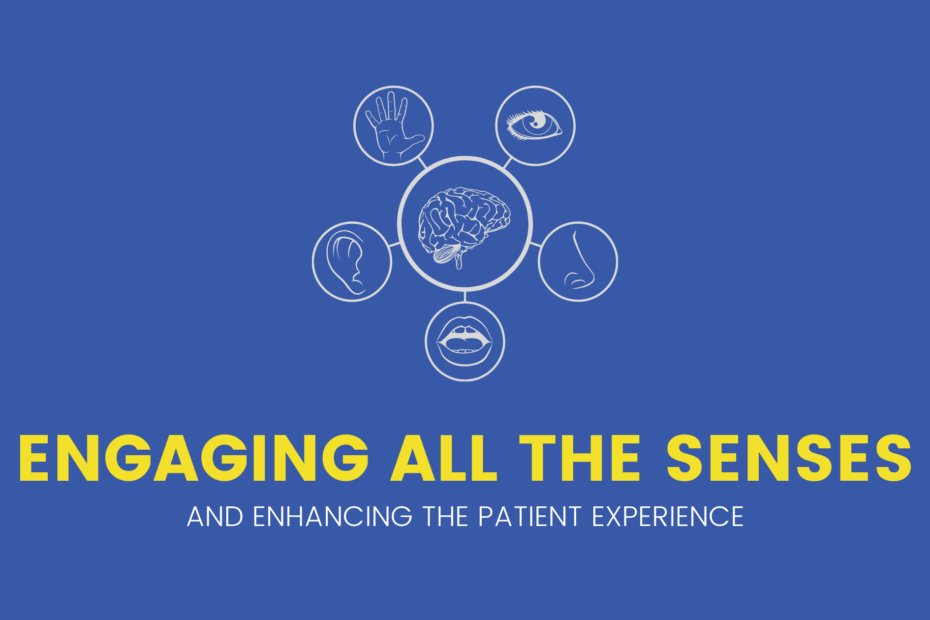Have you ever realized that when you walk by a treat store like Cinnabon or Mrs. Fields, they are doing all they can to attract you with the smell of fresh-baked goods? This is no accident, as these food retailers figured out that appealing to this specific sense can drive more sales. In competing for people’s attention as well as their wallet, retail and hospitality environments have figured out that you want to engage multiple senses with the customer.
While what we see tends to be the dominant sensory input to the brain, there’s an advantage to be gained when the experience is multi-sensory. Yes, you can design and program what you want patients to hear, smell, touch, and even “taste” as they enter your physical environment.
Let’s assess each sensory input:
Sound: What do people hear when they first arrive or are waiting to be seen?
The days of having a centralized music or Muzak system are behind us. Every room has the potential to have its own soundtrack using Sonos or even a basic Amazon echo type device that allows you to choose music to suit a time of day or a personal patient preference.
Smell: What do patients smell in various areas of your facility?
Scientists have shown that smell is deeply rooted in our memory and emotional recall.
Having a clean environment doesn’t mean it has to be sterile to the smell. Using scents can help reinforce the impressions you want to make with patients about your practice. Some practices put a drop on a tissue and then place it in the wastebasket in that room.
Touch: Have you gone around and touched various surfaces that patients encounter?
You may be surprised how many surfaces in your practice are dust-laden. In addition, you want to examine how various surfaces feel when touched, from chair cushions to counters to knobs that are encountered by patients as well as staff.
Taste: What sense of taste is evoked?
Although taste is the least refined of our senses, you can determine the “taste” that (figuratively speaking) you want your patients to have and stage the environment accordingly. For example, does the reception area “taste” like refreshing cool mint or like stale coffee?
Looking Past Sight
During renovations, most attention is paid to what people see. The other senses are worth your attention as they more subtly influence the overall patient experience. Remember that impressions are being formed quickly and then reinforced continuously during a patient visit. Take a cue from retailers and work to design the patient experience so that it engages ALL the senses.

